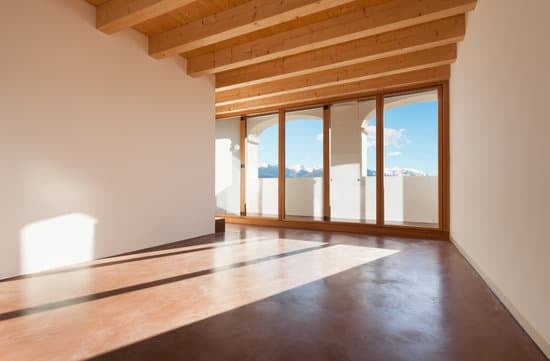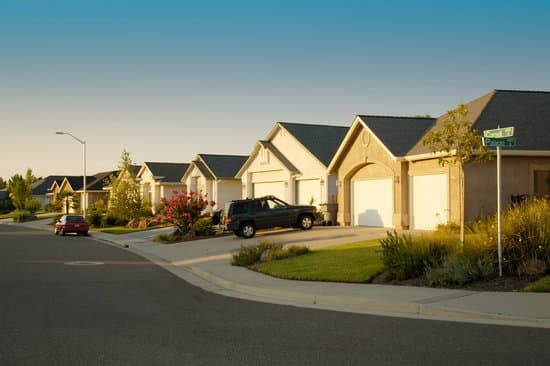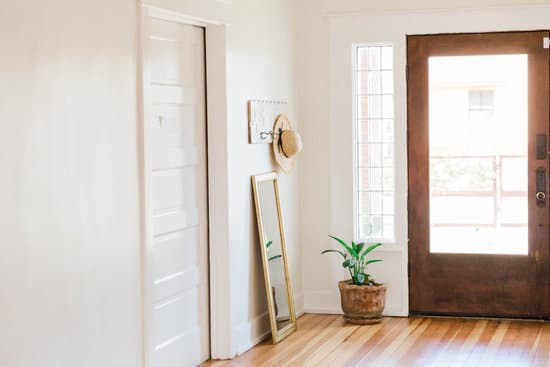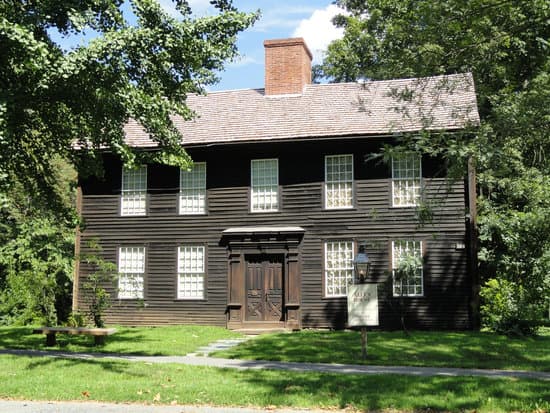The weakest part of a masonry wall is, indeed, the mortar. Mortar is the substance that holds the bricks together, and it is vulnerable to a number of environmental factors that can cause it to deteriorate over time. Here are some reasons why mortar might become weakened:
Wear and tear: Over years of exposure to the elements, vibrations from nearby traffic, and other stresses, the mortar can start to wear away. This can make it more prone to cracks and other issues.
Moisture: When mortar is exposed to water, it can become weak and start to crumble. This is particularly true in climates with frequent freeze-and-thaw cycles, which can cause the water inside the mortar to expand and contract.
Temperature: Extreme changes in temperature can also cause mortar to weaken and crack. In areas with hot summers and cold winters, the expansion and contraction of the wall can take a toll on the mortar.
Weight: If too much weight is placed on a masonry wall, the mortar can start to crack and crumble under the pressure. This is why it’s important to make sure that any structures attached to a masonry wall are properly supported.
Overall, the mortar in a masonry wall is subject to a number of different stresses and environmental factors that can weaken it over time. By understanding what can cause mortar to deteriorate, homeowners and builders can take steps to prevent damage and maintain the structural integrity of their masonry walls.





















